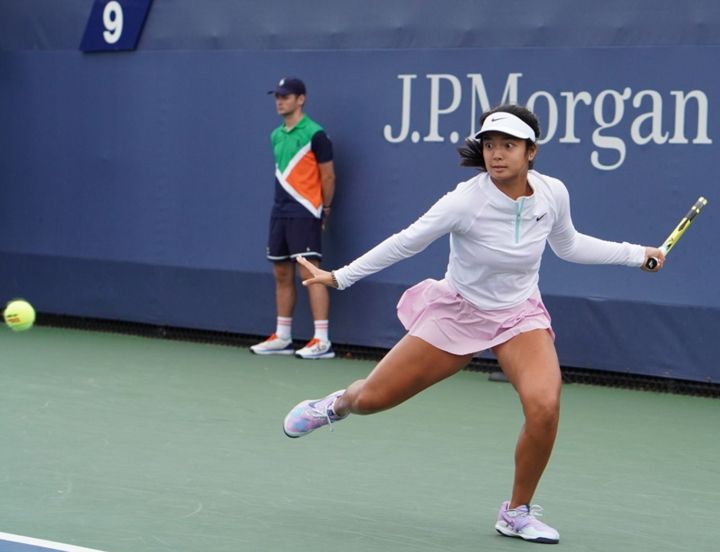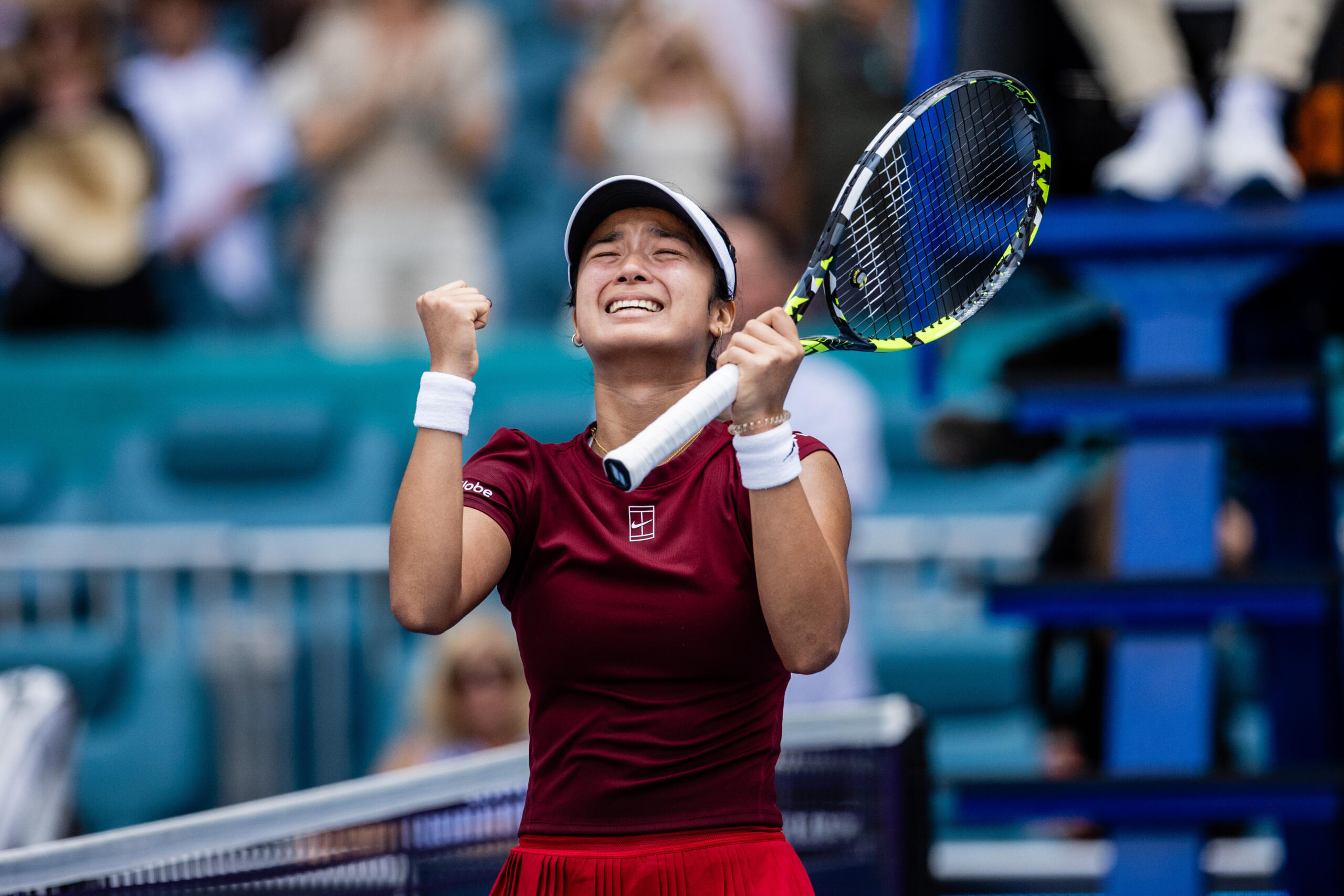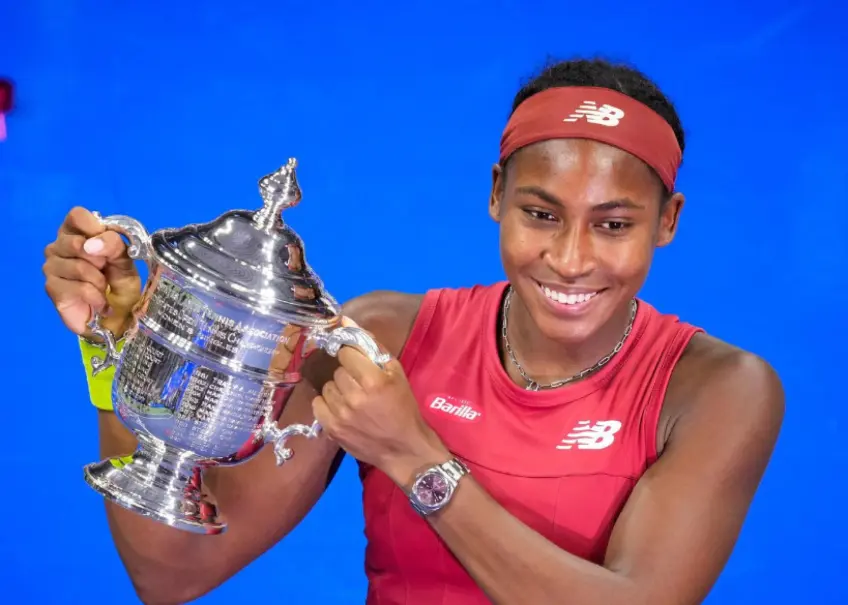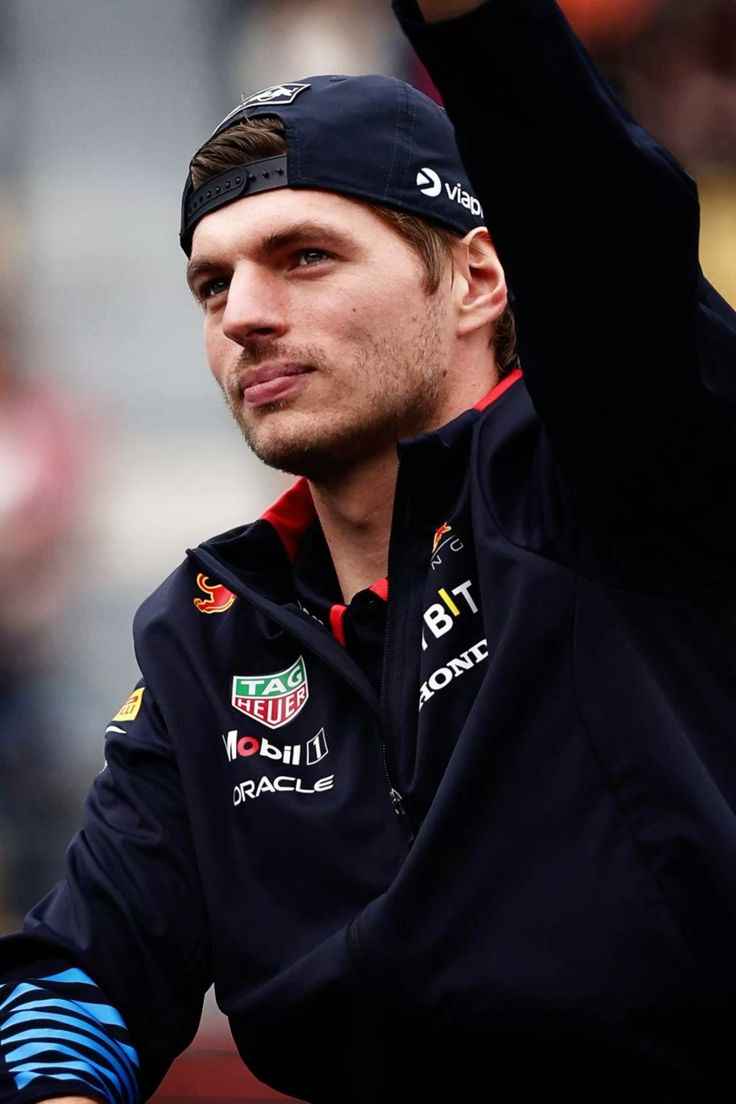In the lush, red-dusted arenas of Europe, where legends have danced and dynasties have been built grain by grain, a new name is beginning to echo louder across the courts — Alex Eala. The 19-year-old Filipina is crafting a revolution, not with a headline Grand Slam yet, but with every grinding baseline rally, every calm comeback, and every clay-covered win that signals her rise is no longer just potential — it’s happening.
Once a prodigious junior with Grand Slam trophies in her backpack, Eala is now transitioning into a force to be reckoned with in the unforgiving realm of clay-court tennis. And what makes this rise even more compelling is where it began: not in the tennis meccas of Europe or North America, but in the humid, bustling capital of the Philippines — Manila.
This is the story of Alex Eala’s clay-court revolution — a journey defined by grit, transformation, and a fire lit far from Roland-Garros, yet blazing its trail toward it.
🌍 From the Islands to the Iron Courts
Growing up in Manila, Eala was far removed from the clay-court academies of Barcelona or the traditional training hubs of Paris. Her foundation was built not on red clay, but on determination, support, and the quiet confidence that she belonged in the conversation with the world’s best.
She was always special. Her early rise through the juniors, her Grand Slam junior titles, and the maturity in her game drew immediate comparisons to teen prodigies from more traditional tennis nations. But clay? That was supposed to be her weakest surface. Or so people thought.
Fast forward to 2025, and clay is where Eala is making her loudest statements. Her footwork has sharpened. Her drop shots now bite. Her mental game? Almost unshakeable.
The transformation wasn’t magic — it was methodical.
🏋️♀️ The Grinding Game: Reinventing Herself for Clay
Clay-court tennis is the ultimate test. It’s not enough to hit hard. You need patience. Variety. Mental steel. And lungs built for marathons. For many young players, it’s where raw talent goes to struggle.
But Eala embraced the struggle.

In the last 18 months, she’s reshaped her game around clay. Her movement — once reactive — is now proactive. Her rally tolerance has deepened. She’s no longer just trading shots; she’s constructing points with clarity and purpose.
This evolution is most visible in her new patterns of play:
- Heavy topspin forehands that push opponents back behind the baseline.
- Smart redirection backhands that open up the court.
- Drop shots that bring even the fastest players forward, only to be passed.
- And perhaps most importantly: a stubbornness to never give away free points.
Eala isn’t playing on clay anymore. She’s playing with it.
💪 Mental Maturity Beyond Her Years
What truly separates Eala from most players her age isn’t just her technique — it’s her temperament.
On clay, matches stretch. Leads vanish. Momentum swings like a pendulum. But Eala’s body language rarely flinches. Down 0–3? She grinds. Facing break point? She breathes, resets, and executes.
Her ability to stay locked in has turned tight matches into defining wins, earning her a reputation as one of the mentally toughest young women on the tour.
That mental strength is part natural, part cultivated. With guidance from top coaches and years of experience navigating the intense ITF and WTA grind, she’s learned that staying emotionally steady isn’t a luxury — it’s survival.
And on clay, survival is victory.
🌱 Small Tournaments, Big Statements
While headlines often focus on who’s lifting the biggest trophies, it’s in the shadows of the ITF and Challenger circuits that Eala has carved out her clay-court credentials.
In tournaments across Spain, Italy, and France, she’s logged valuable match time against seasoned clay-court veterans. These aren’t just reps — they’re battles. And more often than not, she’s coming out on top.
Each of these matches tells a story:
- A three-set comeback win in Lleida.
- A dominant quarterfinal in Valencia against a former Top 100 player.
- A narrow loss in a match she controlled for most of the sets — that taught her more than any trophy could.
They’re not just matches. They’re building blocks.
🎯 The Main Draw Goal
All these steps — the training, the wins, the losses — point toward one goal: making the main draw of a Grand Slam, starting with Roland-Garros.
The significance is twofold. For Eala personally, it’s the next logical step in her professional evolution. But for Philippine tennis — and Southeast Asian representation in general — it would be seismic.
A main draw appearance at a Grand Slam, especially on clay, would place Eala on a platform no Filipina has stood on in decades. She wouldn’t just be competing. She’d be inspiring millions.
Her performances in the qualifiers in previous years have shown she’s close. Very close. But now, with a year of consistent clay-court wins and refined tactics behind her, the door no longer looks locked — just waiting to be kicked open.
🇵🇭 More Than a Player, a Movement
What makes Eala’s rise so magnetic isn’t just her shot selection or her court presence. It’s what she represents.
In a country where tennis has long taken a backseat to basketball and boxing, Alex Eala is changing the conversation. She’s proving that a Filipina, trained overseas but rooted in homegrown values, can thrive on the toughest surfaces in the world.
Her ascent is part of a wider movement:
- Kids picking up rackets instead of phones.
- Clubs in the provinces reintroducing clay surfaces.
- Local federations beginning to dream bigger.
When she steps onto the court, she doesn’t just play for rankings — she plays for possibility.
📱 Social Star with Soul
Let’s not ignore the modern element — Eala is social-savvy. Her posts are not just highlights; they’re human. Training clips, family moments, post-match thoughts, even vulnerable reflections after a tough loss — she shares it all.
That authenticity has helped her build a loyal following, especially among young Filipinos. She’s not a remote superstar — she’s relatable. And yet, her achievements keep soaring.
On social media, she’s already a hero. On clay, she’s becoming a warrior.
🧠 What Comes Next?
So, what’s next in Alex Eala’s clay-court revolution?
- Cracking the Top 100: She’s hovering around the cusp. A few key WTA main-draw wins — especially on clay — could do it.
- Main Draw Breakthrough: Roland-Garros is the obvious target. But Wimbledon and the US Open also loom large. If she breaks through in Paris, her confidence will skyrocket.
- A Deeper Arsenal: Eala continues to evolve. Expect more serve variation, sharper net skills, and even better point construction.
- Mentorship & Impact: Off the court, she’s likely to become a face of Asian tennis, especially for Southeast Asia. Expect more media, ambassadorships, and community involvement.

✨ Final Rally: The Clay Is Hers Now
“From Manila to the Main Draw” isn’t just a title — it’s the headline of a real revolution. Alex Eala is not just navigating the clay courts of Europe; she’s owning them. And she’s doing it with elegance, intensity, and the kind of grounded pride that makes her not just a great player, but a cultural force.
In a sport that has long been dominated by European academies and American legacies, the rise of a Filipina star rewriting the clay-court narrative is more than refreshing — it’s revolutionary.
The next time you see her name in a draw, don’t just glance past it. Watch closely. Because Alex Eala’s clay-court revolution is no longer a whisper. It’s a roar.


